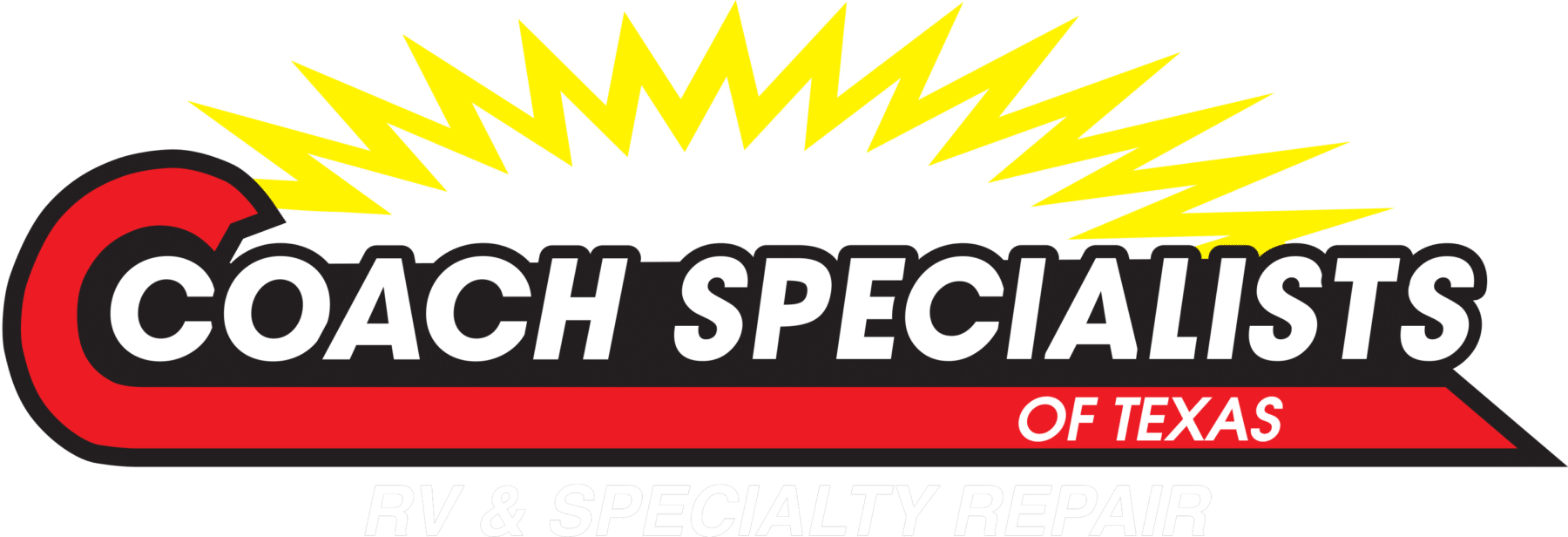Top causes and cures for RV chassis lean
Last week we had a good customer come to us asking about his RV suspension giving him problems. His suspension system wasn’t responding properly. In fact his complaint was that when the RV was parked it leaned heavily on the left rear of the vehicle, it would also lean to the left when in travel mode and the tires were rubbing the wheel well in the rear.
While this didn’t completely sideline this customer’s travel plans, this was definitely a problem that needed to be addressed. So what could cause these symptoms?
Reason #1 Sagging springs
One reason the RV could be leaning is because the front springs could be sagging. An issue that is not uncommon to RV dealers is when units sit for long periods of time not only on the manufactures lot, but also at the dealer lot, sales people have a bad habit of putting out the slide outs without putting the levelers down first. If the slide out is left for any period of time this will cause the RV to lean, as the spring has ‘settled ‘ into that position because of the extra weight put on that side. The only way to fix it is to replace the springs. Some dealers will send the unit to an alignment shop to switch the shims left to right etc in an effort to fix it cheaply. Unfortunately this is not the right way to fix the issue and will only result in a bad alignment alignment and uneven tire wear.
Reson # 2: Improper Weight Distribution From The Slide Outs
When a standard heavy duty chassis gets delivered from the original manufacturer to the RV company, they are rated by the factory for a specific gross vehicle weight capacity – (GVWR) – the RV manufacturer then builds the body style that was ordered by the customer or the RV dealer sales order. The problem is that some of the RV manufacturers do not calculate the weight of the slide outs into the GVWR as the chassis are usually over-rated to handle the extra weight. However the manufacturers of either the truck chassis or the RV do not compensate for the extra slide out weight when the slide out is in the out position. If levellers are not used (and certain RV types do not include them) this contributes to the suspension problems. What’s worse is that when when the owners encounter these leaning or other chassis problems the chassis manufacturer dealers will not fix anything under warranty as the chassis is now considered a custom vehicle.
Reason # 3 Chevrolet P 30 Chassis lean and Ford F53 Chassis lean
Two common chassis Ford F53 and Chevrolet’s The P30 chassis were very prone to lean right or left, due to spring imblance loading. Numerous websites, forums and blog posts discuss this but ultimately, you have two choices: replace springs with stock springs and air bags inside them or contact an RV or truck spring manufacturer and they will make you a replacement spring set determined by the corner weights. Of your individual RV.
Reason #4 Improper RV loading.
From the factory, RV manufactures try to balance the weight of the RV across the chassis. This affects stability as well as other areas of RV operation. But when you load your RV up with food and all of your luggage and gear, or if have done modifications and upgrades to your RV, you would be surprised with how quickly the weight will add up and if not distributed evenly, with how fast the RV can begin to list to one side. As mentioned already, get each wheel of your RV weighed. You may find that one side is loaded quite a bit heavier than the other.
Even after addressing all of these issues, if you still have chassis lean you can always take your RV to a professional repair shop for a free estimate.
